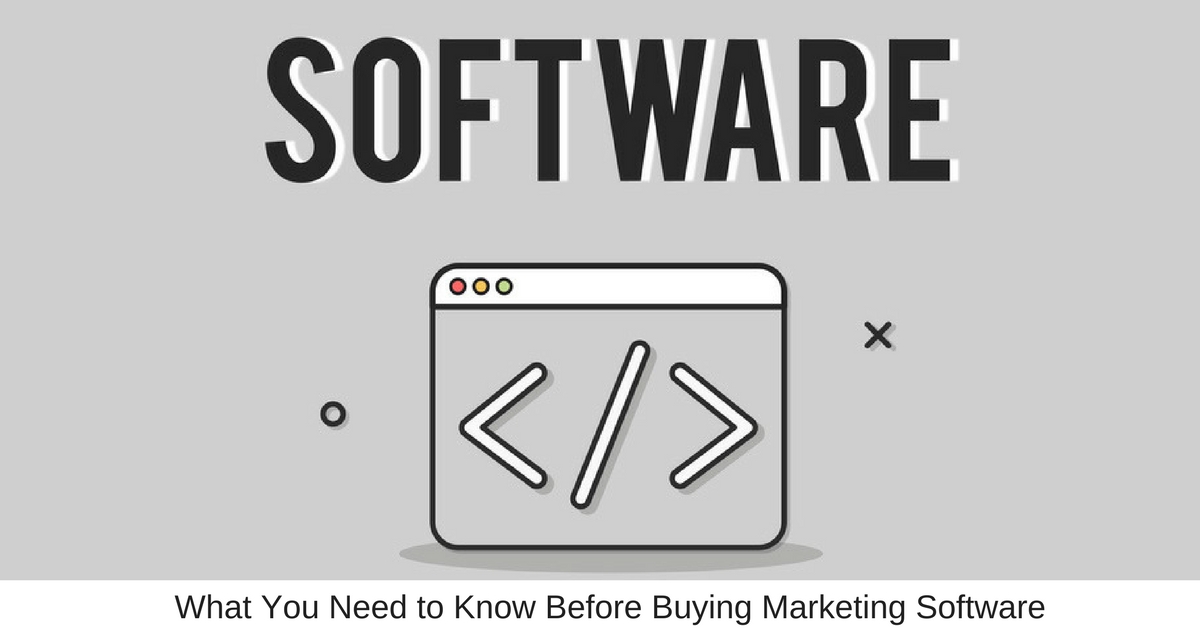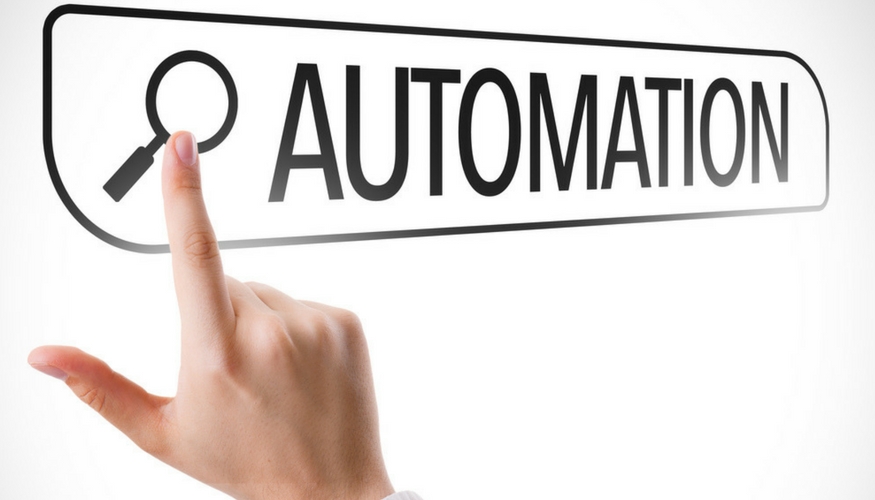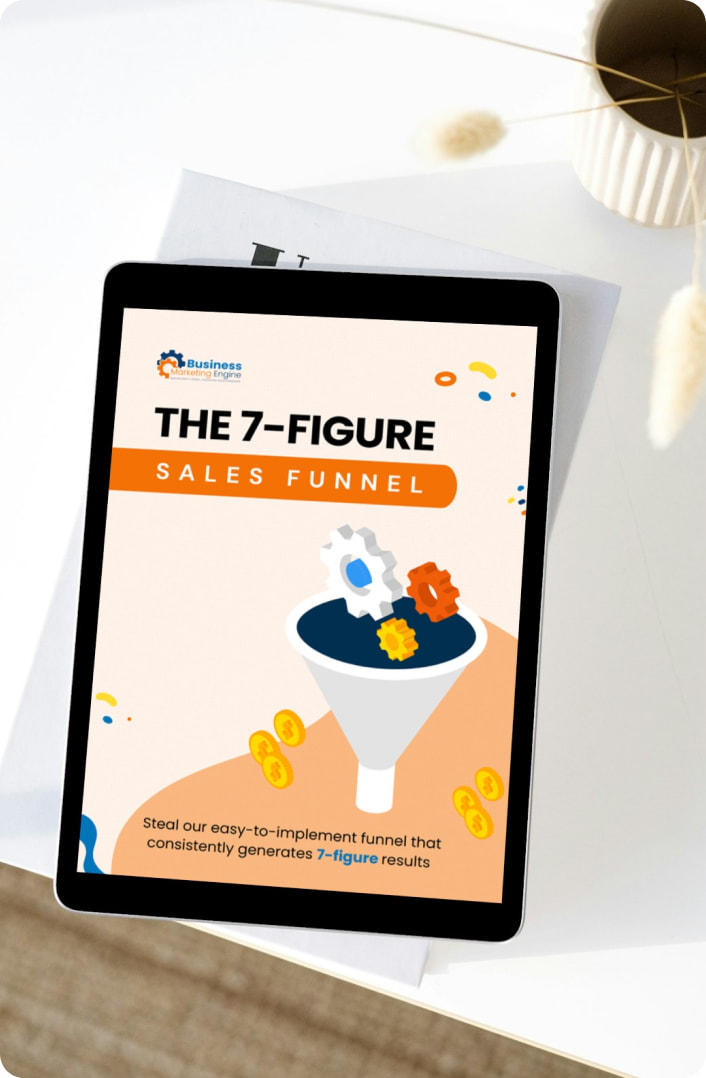It’s no surprise that automation is one of the biggest industry-changers in content marketing over the past few years. This field of marketing software and technology helps marketers better coordinate their work across different media channels, eliminate individual work for repetitive, time-consuming tasks, and better manage their time by setting up triggers on the marketing software that takes care of responses so that they can concentrate on the creative component of marketing.
With so many changes in the field and technology, it can be difficult to stay on top of the new marketing software releases. Take a look at why purchasing marketing software as an automation tool should be on your priority list and find out the specific factors you should consider when you’re looking to purchase, update or upgrade your software.
A Bit About Automation
Whether you like it or not, technology is becoming a growing player in nearly every field. While some people worry about the future of their profession, with some valid concerns, marketers should be safe from a future robot replacement. Really — they’ve studied the possibility, and while more than one-third of jobs could see their positions filled by computers in the next 20 years, marketing and sales directors have only a 1 percent chance of being replaced by automation. Marketing associates, creative directors, and advertising account managers have about a 33 percent change, and telemarketers have a 99 percent chance.
The study showed that these odds were calculated after assessing nine different skills needed to complete the tasks associated with the positions: perception, persuasion, negotiation, care for others, fine arts, originality, finger and manual dexterity, and workspace needs. Jobs that required a higher level of empathy, creativity, and physical skill were less likely to be replaced, while jobs with a high level of repetition are more likely to be automated. A computer can be set to gauge inflection and emotion, and can be programmed to provide the appropriate responses.
This is one reason automation works so well for certain content marketing tasks. Say you start a new e-mail newsletter and want to build the list of subscribers. As each person subscribes, you send them an e-mail asking them to confirm their e-mail address and the fact that they signed up for the newsletter. Then, you want to send them an e-mail thanking them for subscribing to your list.
If you only have a handful of people subscribing to your list each day, you can easily send ten e-mails. It’s inconvenient and time-consuming, but doable. Copy, paste, change names, send. Done.
What if you have several handfuls, though? Or several hundred? Even the fastest copy-and-pasters would have a hard time keeping up with the confirmation and thank-you e-mails alone. Now, add on e-mails that are triggered by other actions your Web site visitors and e-mail subscribers take — and you can see why the automation that comes from marketing software is such a powerful tool at a marketer’s disposal.
How Marketing Automation Works
In a small organization, whether for- or non-profit, one of the most common goals is to keep costs down. For a quite a while, we would create an e-mail newsletter in Outlook, and then, using an Excel file of the addresses of people who wanted to read their e-mails, I would send out the newsletter. It took a while to design an e-mail that could be read across different browsers, and unless I got an “undeliverable” message, I was never quite sure it arrived, but it was ok. It was a start — a time-consuming start, but still a step in the right direction.
Then I discovered a free e-mail program that was being used in place of more expensive marketing software. I could create subscriber lists based on certain criteria. I could put links on our Web site and social media pages, and I could design e-mails using templates that had been set to work across each different browser commonly used to access the Internet. More importantly, I could track the links. I knew how many and which people clicked on links. I knew which lead-in caught their attention. I knew who forwarded and shared the e-mail, and I could make sure everyone who signed up received the e-newsletter.
This was all accomplished with one simple click. I designed the newsletter, scheduled its delivery, and was able to see the results from each campaign with a quick login. That is the beauty of marketing automation.
- Every time you post a new blog, your subscribers will get an e-mail, directing them to check out the post.
- Every time you e-mail a newsletter, a link will be posted on your social media accounts.
- Every time someone visits a specific page on your Web site, they get an e-mail offering them a discount or coupon.
The marketing software behind automation is used to create processes and streamline marketing tasks into a logical and manageable workflow. It takes jobs that, when done manually, take extensive time or effort, and uses a set of predetermined coordinates and conditions to direct the software’s actions. More importantly, it generates reports and provides analytics that help you create and direct future campaigns.
Most marketing software falls under customer relationship management tools, because of the connection it forms between the company and the customer. Because of the prompt, pre-scheduled steps, marketing automation, when used correctly, can do more than just share the news of your company’s recent publications. It can improve your conversion rate, enhance your lead nurturing, and turn prospects into customers.
How to Choose Your Marketing Software
With so many different types of automation technology in the market, how do you know which to choose? Working through these steps can help you find software that meets your needs now and grows with your company in the future.
1. Like any good process, start with a plan
In this case, you need a solid marketing plan. This living document is the map and guide for your entire marketing department, keeping you on track when the workload gets overwhelming and keeping you focused when you aren’t seeing the results you’d immediately expected.
A marketing plan spells out the basic information that determines your campaigns and efforts.
- Who are you approaching?
- What is your primary message or sales pitch?
- What social media platforms are you currently using, and which will you add?
- Do you use e-mail marketing — or do you plan to in the future?
- Is your Web site directing people toward your product or service?
- What other media types are you using — print media, broadcast media, in-person networking and sales events, or word of mouth?
- Do you know the numbers associated with your marketing efforts?
- Do you have the tools in place to track these numbers?
Marketing is both creative and data-driven. Write your marketing plan with this in mind, or use a comprehensive template that will help you direct your immediate and long-term strategic goals. You should know what numbers you need to track to determine your success.
2. Include your marketing funnel in your plan
While this is a step that will require the help and input of your company’s sales department, it can be especially effective when you’re looking for marketing software; automation is all about moving customers from one stage in the sales process to the next, helping to direct them from the broad target audience stage to the more narrowly defined faithful customer stage.
Marketing software that automates certain tasks is a key step, since it can be programmed, for example, to send a series of pre-written e-mails to customers who have signed up for one of your pieces of gated content. The fact that the target audience members are willing to give you their e-mail address in return for your guide or white paper shows that they find value in your content — the idea is that they will also find value in your product or service.
To better incorporate this into your marketing software buying process, sales team involvement will show you who they believe to be the target audience and the benchmarks that individuals have to hit to reach the next level. The automation tool you purchase should also be able to track and report on the data the sales team needs.
3. Research available tools
Unless you build it yourself, you’ll have a hard time finding a software tool that meets every single need your marketing and sales teams have. It’s much easier for everyone involved to find a tool that meets 75 to 80 percent of the needs for all customer-contact departments: marketing, sales, and customer service. You’ll be able to then use separate plug-ins for specific marketing tools.
Doing this opens you up to a wider range of options and opportunities than you’d find when trying to purchase marketing software that meets 100 percent of everyone’s needs. Make a list of the criteria each department needs. Common requirements include:
- The ability to incorporate location-based and mobile marketing and sales tools — for you and your target audience. With so many people spending so much of their time on mobile devices and on-the-go, your marketing software should be easy to use and mobile-friendly. Customers who have to turn their phones, zoom in or out, and move the screen around are more likely to experience frustration and leave your site. Your sales team should also be able to access information while they are out making sales visits or calls.
- The ability to follow customer actions and generate solid data and results. Marketing software should capture the responses and actions taken by each customer at each stage. By learning what actions your customers are taking, you can make adjustments to the design or content that will generate better results; your sales team then knows which prospective customers are the best candidates for further sales communication.
- Easy-to-use, set-it-and-forget-it automation. If you’re going to be using automation software, you’re doing so because the software can take care of the repetitive tasks and track which person receives which piece of information. Look for marketing software that has an understandable dashboard, can generate the reports you need, and, most importantly, can monitor and send the correct campaign to the correct customers.
- A wide variety of integration options. If you’re looking for software that can be used by more than one department, you’ll want to find marketing software that integrates with different platforms and software specific to marketing. Consider other customer relationship management tools and reports, the ability and ease of integrating third-party systems that might fill a need, and the functionality and accuracy of integrated software with the marketing software.
- Quality and responsive customer service. As with any other piece of software, you’ll have questions or situations that will require more advanced support. Look for a company that is responsive and supportive, and consider the additional costs some software programs have for support.
- Functionality that fits in your budget. Just as some companies charge for customer service, others charge as you add contacts or customers, as you increase or add certain automation features, and if you want to incorporate some of their internal plug-ins.
4. Make sure staff are thoroughly trained
Purchasing marketing software that meets a variety of needs is a worthless step if no one knows how to use the features. Each department head should be trained to understand the functionality of the system, and every staff person who will be using the software needs to know how to complete their job responsibilities, from using the analytics to multi-channel campaign reporting to generating and understanding analytics and other reports.
5. Use the marketing software
It goes without saying — marketing software you aren’t using for your work will never work. You might have found the perfect piece of software for each department’s needs, but team members need more than training — they need to feel comfortable with and prepared to use the new tool. Since automation software is designed to generate time and cost savings, as more employees take advantage of the tool, you’ll see a greater return on your investment.
Marketing software should be a complement to your current marketing efforts by facilitating and automating repetitive steps — rather than using the tool to replace team members, you can use their additional time and their creative and personal skills to hone in on content and campaigns that reach your customers. Contact us for a free consultation to learn how Business Marketing Engine can help you get results and a positive return on your investment, and share your experience with marketing software in the comments. I’d love to hear about what has worked for you!







